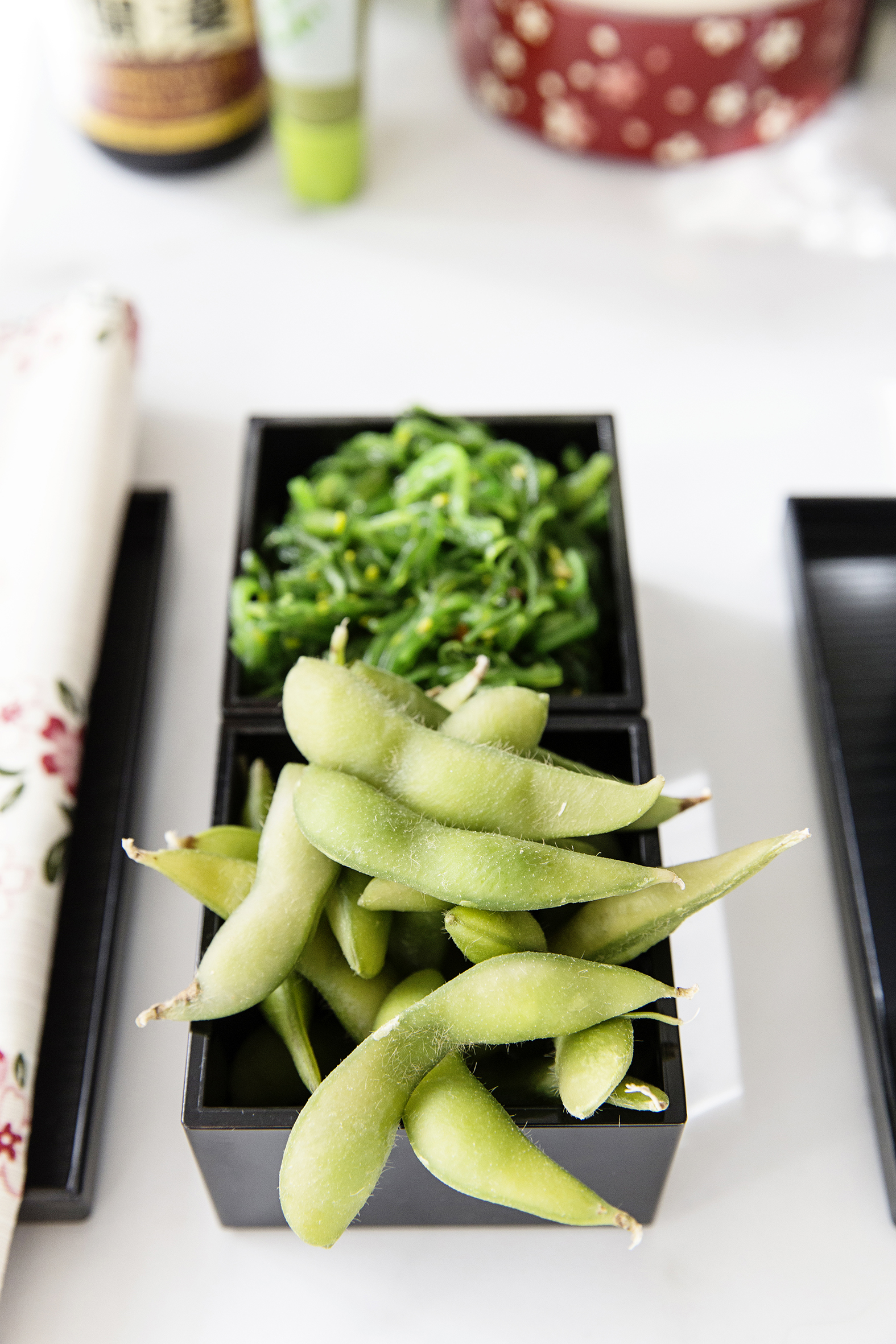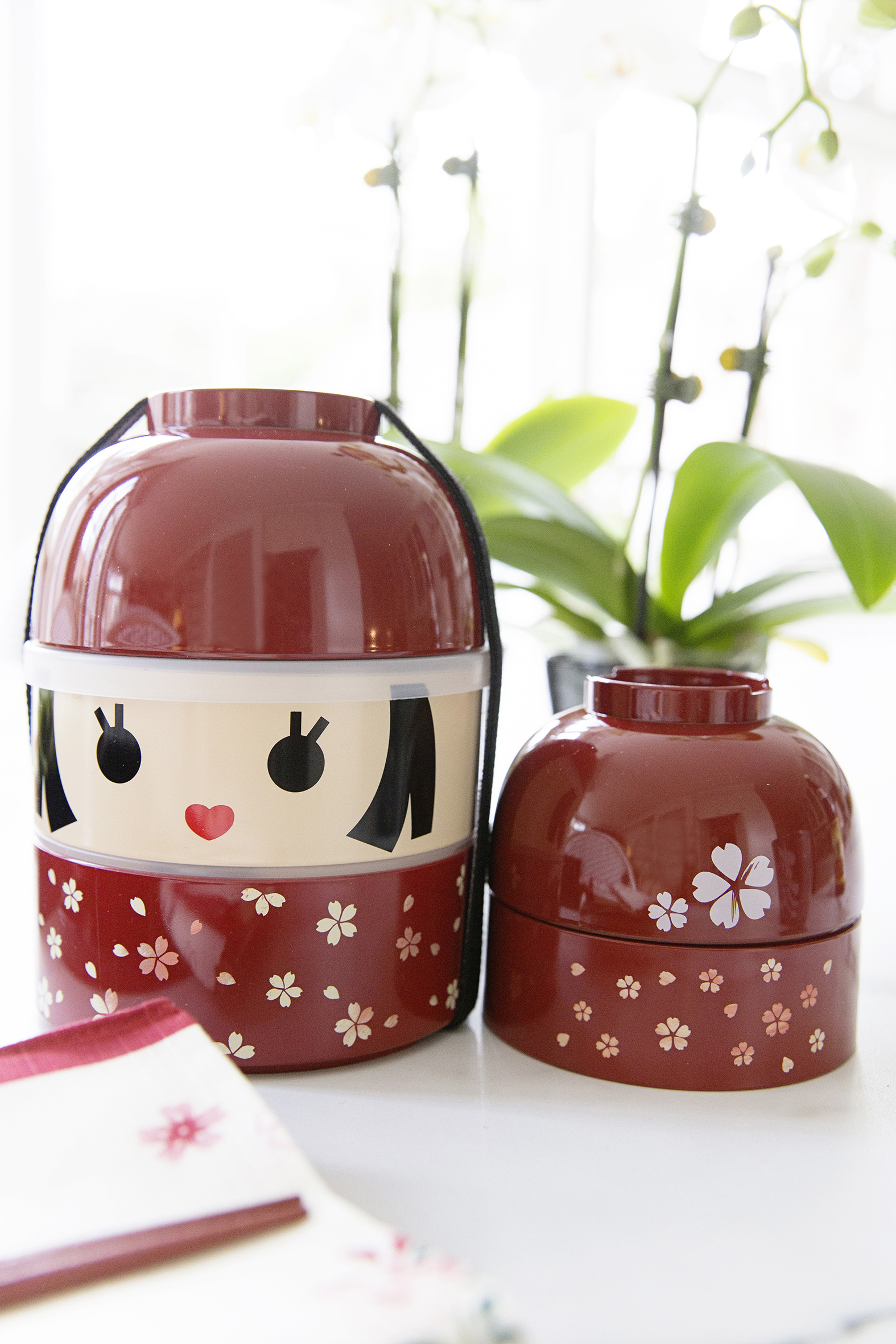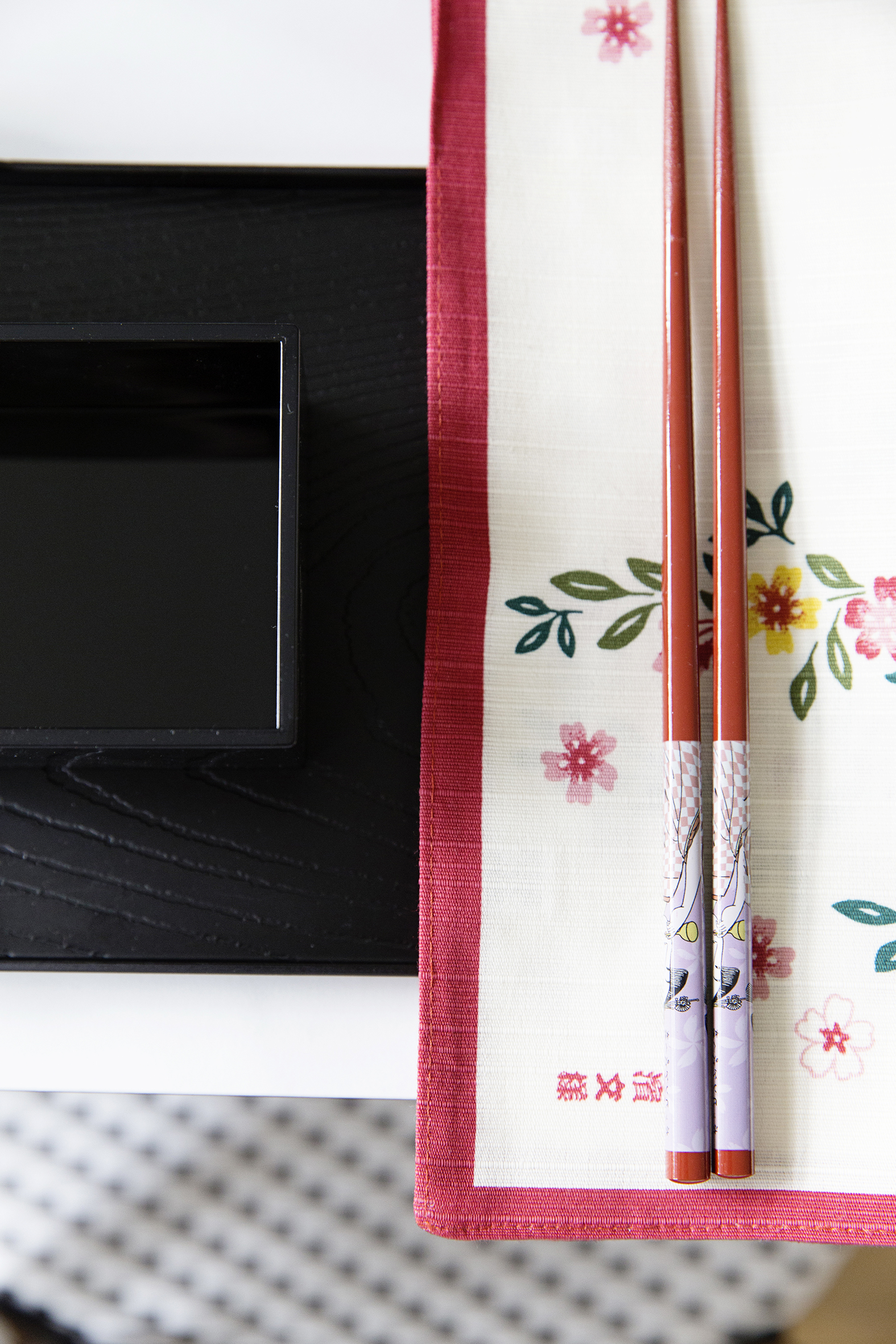Konichiwa Japan!
WORDS:: Chyka Keebaugh
PHOTOS:: Lisa Atkinson
I was lucky enough to travel through the amazing Tokyo in January, and boy oh boy what an experience!
What I loved so much is that everything the Japanese do is very considered, beautiful, clean and simple. I couldn’t help but bring back some gorgeous bit and pieces, and mix them up with other little bits and bobs from the Japanese department store, Daiso. I then created this simple sushi bar table setting fit for a Japanese feast.
Table settings are all about layers. Bowls, fabrics as serviettes, and little containers, are all accessories that can really make your table look authentically Japanese. Using orchids in sake glasses really gives the hard lines a little bit of softness, while still fitting in with the theme. Which I love! Collecting a few cute little bento containers to create a table centre piece is all we needed to give this table some japanese flavour. I love the way the Japanese always use writing on their bottles of soy and wasabi, keeping these on the table and using them as decor as well as condiments can really make your setting come to life.
You don’t have to spend hours in the kitchen cooking up a storm, Japanese is very hard to master, so I am thrilled to bring in some take away and to plate it up as though I am in my little Japanese den. How much fun does that look?
And then, of course, there is delicious sake…
There are five different types of sake to be had, each brewed in various ways to create different flavours and alcohol content. Sake is made from fermented rice, with an alcohol content ranging from 15% -17% alcohol, there are many steps in the brewing process so let’s keep it simple! Store your sake in a cool place, refrigerate if you like, but you don’t have to. Sake is free from sulfites, and a premium sake is free from additives and preservatives, it is also a drink that doesn’t age well, so drink it up!
- Junmai-Shu pure rice wine; no adding of distilled alcohol. A much fuller, richer tasting sake.
- Honjozo-shu a small amount of pure alcohol is added to tighten flavor, overall this is a smoother more delicate sake.
- Ginjo-Shu this is a labor intensive sake to make but finishes with a very delicate and light flavor with a subtle fragrance.
- Daiginjo-shu if this sake bottle is labeled Daiginjo, it means distilled alcohol was added; if labeled Junmai Daiginjo, it means no alcohol added.
- Namesake is stored and drunk cold, this sake is a combination of all the four above styles of brewing.





